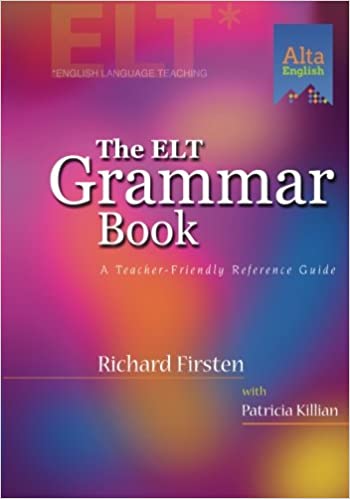Conditionals, as you may recall, are if/then statements that express cause and effect. This blog has already given you a good overview of the zero, first, second, and third conditionals. We’ve also shown you how to use “would,” “could,” and “should” in first, second and third conditional statements. In this post, I’ll focus on the unique and grammar of third conditional statements. This kind of statement describes past events that could have happened, but didn’t.
Third conditional statements have more complicated grammar than other conditionals. The zero, first, and second conditionals only use simple tenses in their “if’ and “then” clauses. In contrast, the third conditional uses past perfect for the “if” clause. Third conditional “then” clauses use present perfect tense.
Below is the grammar pattern for third conditional statements, followed by several example third conditional sentences. (In the example sentences, past perfect forms are in bold. “would” is in italics, and present perfect forms are underlined.)
THIRD CONDITIONAL GRAMMAR PATTERN:
If + past perfect, (optional then) + would + present perfect
If I had gotten up earlier today, I would have had time to eat breakfast.
If I had had time to eat breakfast, I would have been less hungry on my way to work.
If I had been less hungry on my way to work, I would have driven more attentively.
If I had driven more attentively, I would not have parked in a handicapped parking space.
If I had not parked in a handicapped parking space, I would not have gotten an expensive parking ticket.
If you still find this structure to be kind of confusing, don’t feel bad. Many ESL students find it hard to understand and make third conditional statements. However, with a little practice, it’s possible to become much comfortable with this form. I’ve made a worksheet to help you master the third conditional. Download it here: Third Conditional Worksheet.



